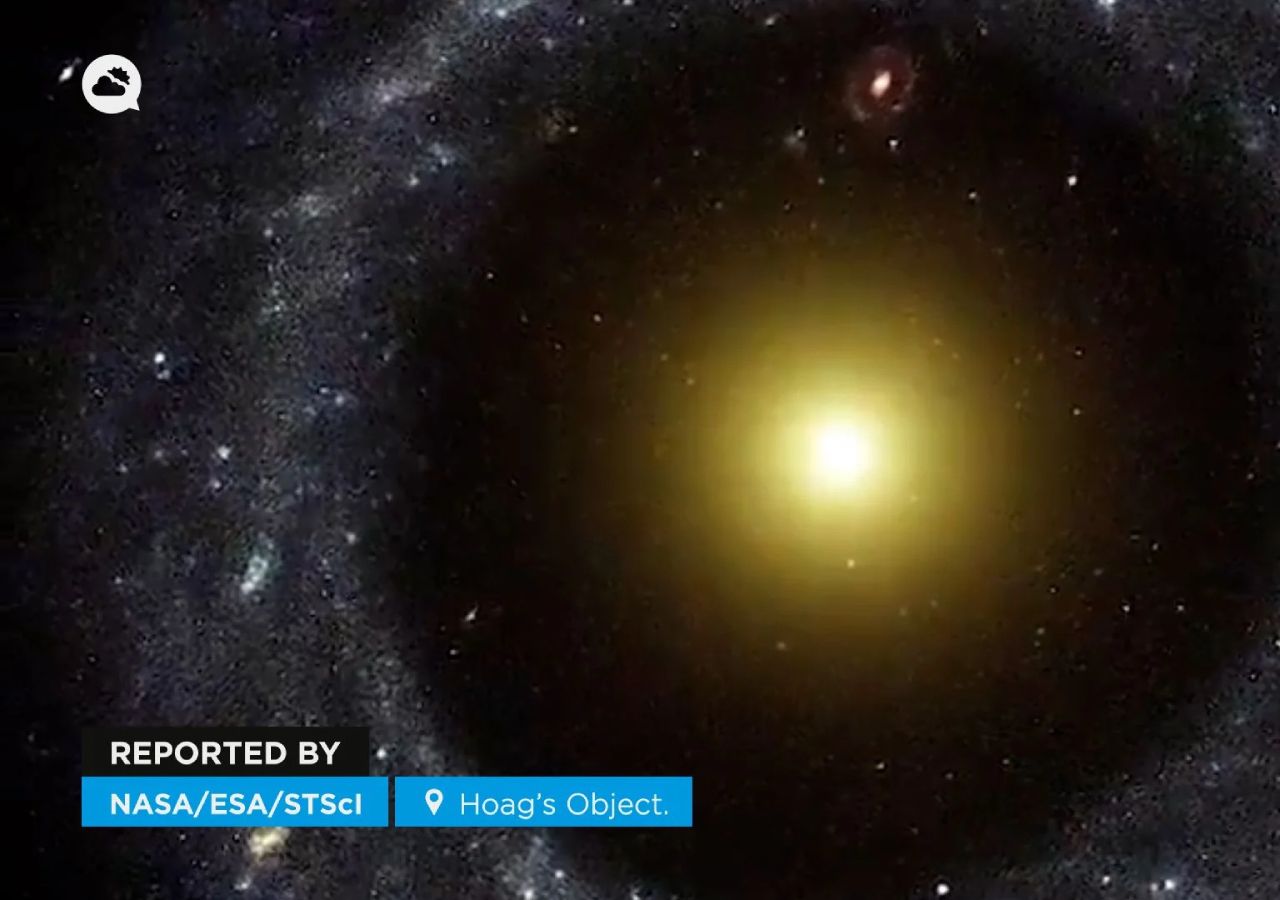What do you think you'll learn on April 8?
For NASA, we will investigate disturbances in the ionosphere – the region of the atmosphere 100 to 1,000 kilometers high – caused by the eclipse. To do this, we will send three missiles with a parabolic trajectory. The ionosphere is very important for radio and space broadcasts. The speed of sunset and sunrise in the path of the eclipse will cause several major disturbances.

Photo courtesy of Aroh Barjatya
Aru Barjatya (top left) and his team carry their three missiles
I also launched rockets during the partial eclipse last October. What's different this time?
The rockets we launched last fall were directly in the path of the eclipse. This time, we'll be shooting them on either side of the total eclipse band, where it's completely dark. The ionosphere is similar to the sea in that disturbances in one location create waves that affect neighboring areas.
Eclipses are relatively rare. Why study the disturbances they cause in the ionosphere?
It will allow us to better understand solar flares and storms, which occur frequently. Hurricanes, volcanic eruptions, and rocket launches can also cause disturbances. Ionospheric disturbances caused by the 2022 eruption of the Honga Tonga volcano affected communications across the planet. As we will have more and more rocket launches, this is an essential area of research. Even an ordinary sunset affects communications. We can certainly benefit from information about disturbances every day at the end of the day.
NASA has launched rockets during eclipses for 60 years. Do these today have more advanced technical characteristics?
The big difference is the data transfer speed. Rockets in the 1970s could tell us what was happening every few metres. Because the transfer speed is faster, we can see what happens every few centimetres. So we better understand disruptions and their potential impact on communications.
We also have technology that has only been around for a few years. These are scientific modules that separate from the rocket. The missile thus creates five measuring points, allowing us to cover a distance of 1,000 kilometers. Only three or four researchers like me are using this technology on the planet.
It will also launch scientific balloons.
These are student projects, but will generate basic data. These balloons reach a height of 30 kilometers. They will be able to tell us how disturbances in the ionosphere travel to lower altitudes and cause weather disturbances. We will fire six over three hours to measure the impact before and after the eclipse.
A study conducted in mid-February on three partial eclipses over the past twenty years showed that they caused some clouds (cumulus clouds) to cool and disappear temporarily. Does this have anything to do with your work?
These are much lower altitudes, especially for disappearing clouds. But I noticed this phenomenon personally. This is in addition to the effects on weather from observed changes in the ionosphere.
Watch the video of the launch of rockets that studied the October eclipse (in English)
Geological engineering
The disappearance of cumulus clouds during a partial eclipse was observed by the study published in mid-February in the journal Earth and Environment CommunicationsThis means that “geoengineering” planned to combat climate change could reduce rainfall and lead to drought. This is the analysis of researchers from Delft Technical University in the Netherlands. Geoengineering consists of blocking sunlight by soot or huge parachutes in orbit to cool the atmosphere. Cumulus clouds, which generate rain, were gone, and the eclipse blocked only 15% of sunlight. Geoengineering projects plan to block 3% to 5% of sunlight.
read more
-
- From 400 million to 10 billion US dollars
- The cost of disruption caused by a moderate solar storm
Source: NOAA

“Hardcore beer fanatic. Falls down a lot. Professional coffee fan. Music ninja.”








